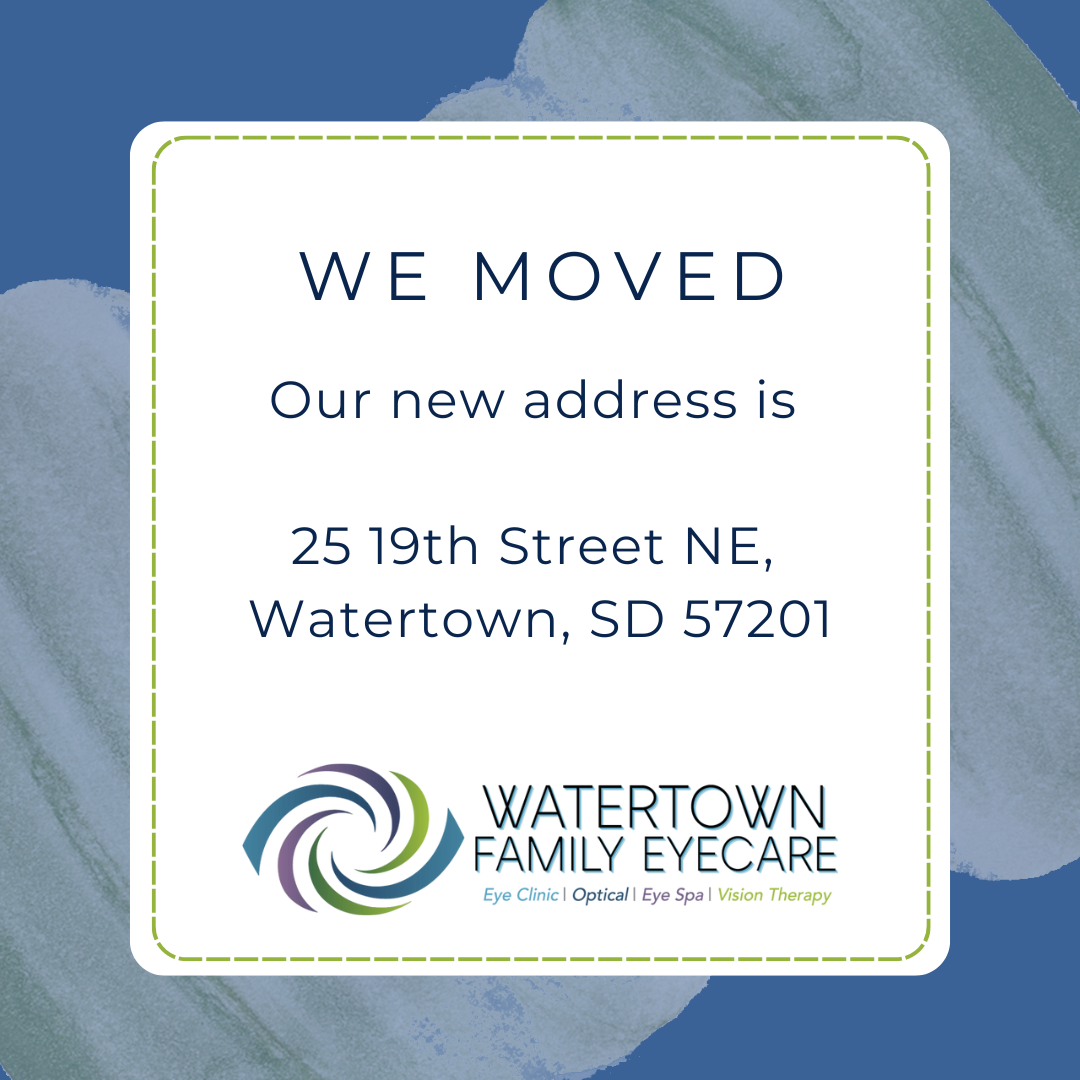
As someone who has struggled with vision problems, I know firsthand how difficult it can be to find the right solution. Glasses and contact lenses can only do so much, and sometimes it feels like there has to be a better way. That's when I discovered vision therapy, a unique approach to improving visual function and performance. In this article, I'll share my personal experience with vision therapy, explain what it is and its benefits, and guide you through the process of finding the right eye therapist and what to expect at a vision therapy appointment.
What is Vision Therapy?
Vision therapy is a non-surgical, personalized treatment program designed to correct or improve specific visual problems and enhance overall visual performance. It involves a series of exercises and activities that are tailored to each individual's unique needs, aiming to train the brain and eyes to work together more efficiently. Unlike traditional eye care methods, vision therapy addresses the root cause of the issue rather than just managing the symptoms.
The Benefits of Vision Therapy
There are several benefits to undergoing vision therapy. First and foremost, it can help improve your overall visual function, which can lead to better performance in school, work, and daily activities. It can also help reduce eye strain and fatigue, making it easier to focus and concentrate for extended periods. Additionally, vision therapy can help improve hand-eye coordination, depth perception, and even reading comprehension. Overall, the benefits of vision therapy can lead to a significant improvement in quality of life for those who struggle with vision problems.
What is Vision Therapy Used For?
Vision therapy is used to treat a variety of visual problems, including but not limited to:
· Strabismus (eye turn)
· Amblyopia (lazy eye)
· Convergence insufficiency
· Focusing problems
· Eye tracking difficulties
· Visual processing disorders
It's important to note that vision therapy is not a one-size-fits-all solution. Each individual's treatment plan will be tailored to their specific needs and goals, making it a highly personalized approach to improving visual function.
Finding the Right Eye Therapist
Finding the right eye therapist is a crucial step in your vision therapy journey. You'll want to find someone who is knowledgeable, experienced, and dedicated to helping you achieve your goals. Start by asking for recommendations from friends, family, or your primary eye care professional. Additionally, you can search for a therapist through professional organizations like the College of Optometrists in Vision Development or the American Optometric Association.
When evaluating potential therapists, consider their education, training, and experience in the field of vision therapy. You'll also want to ensure that they have a good rapport with you and understand your specific needs and goals. Don't be afraid to ask questions and discuss your concerns, as this will help you find the best therapist for your unique situation.
Preparing for Your Therapist Consultation
Before your first vision therapy appointment, there are a few things you can do to prepare. First, gather any relevant medical records, including previous eye exams and any diagnoses you've received. This information will help your therapist get a better understanding of your visual history and needs. Additionally, make a list of any questions or concerns you have about vision therapy, so you can address them during your consultation.
What to Expect at a Vision Therapy Appointment
At your first vision therapy appointment, your therapist will likely begin by conducting a comprehensive eye exam to assess your visual function and determine the root cause of your problems. This may include various tests and measurements, such as eye alignment, focusing ability, and eye tracking skills. Based on this evaluation, your therapist will develop a personalized treatment plan to address your specific needs and goals.
Common Vision Therapy Techniques and Exercises
Vision therapy techniques and exercises can vary greatly depending on your individual needs. Some common activities you may encounter during your therapy sessions include:
· Eye patching: This technique is often used to treat amblyopia or lazy eye. By wearing an eye patch over the stronger eye, you'll be forced to use the weaker eye, which can help improve its function over time.
· Pencil push-ups: This exercise helps improve convergence, which is the ability of your eyes to work together when focusing on a nearby object. You'll hold a pencil at arm's length and slowly move it closer to your nose, maintaining focus on the tip of the pencil as it moves.
· Computer-based exercises: Many vision therapy techniques involve the use of specialized computer programs designed to improve visual skills such as eye tracking, focusing, and visual processing.
· Balance and coordination activities: Some vision therapy exercises involve the use of balance boards or other equipment to help improve your overall coordination and visual-motor integration.
It's important to remember that your therapy plan will be tailored to your specific needs, so the techniques and exercises you encounter may differ from those listed above.
Monitoring Progress and Adjusting Your Therapy Plan
Throughout your vision therapy journey, your therapist will regularly monitor your progress and make adjustments to your treatment plan as needed. This may involve introducing new exercises, increasing the difficulty of existing activities, or modifying the frequency and duration of your therapy sessions. By closely tracking your progress, your therapist can ensure that you're continually working towards your goals and achieving the best possible results.
Conclusion
Vision therapy can be a life-changing solution for those struggling with visual problems. By addressing the root cause of the issue and improving overall visual function, it can lead to better performance in daily activities and a higher quality of life. If you're considering vision therapy, take the time to find the right eye therapist, prepare for your consultation, and understand what to expect at your appointments. With dedication, commitment, and the guidance of a skilled therapist, you can unlock your full visual potential and experience the many benefits that vision therapy has to offer.
For more on vision therapy, visit Watertown Family Eyecare in Watertown, SD. Please call (605) 753- 3937 to schedule an appointment today.







